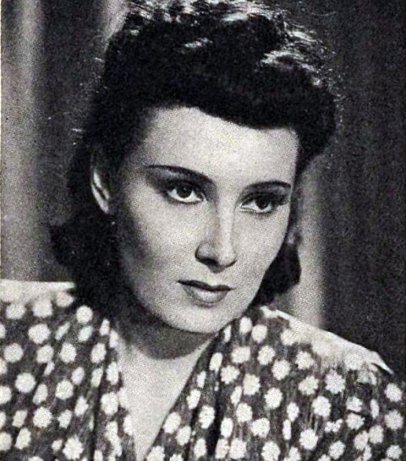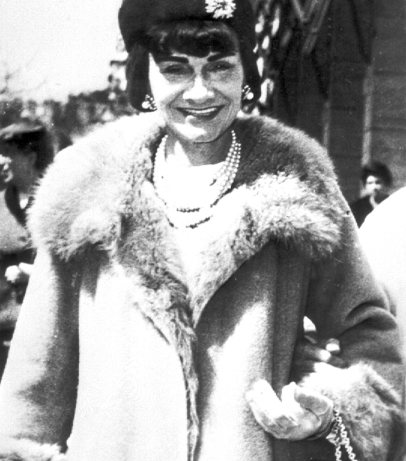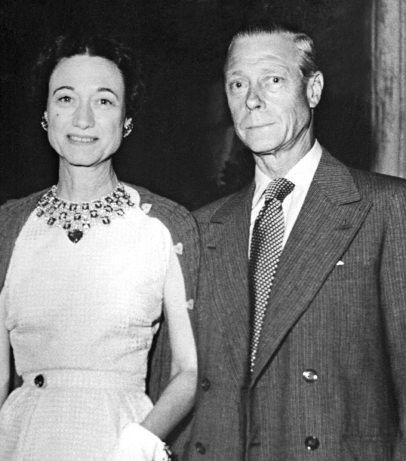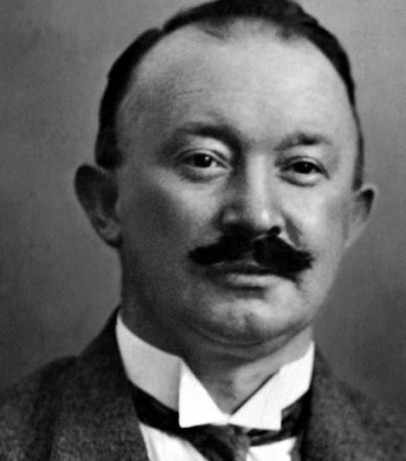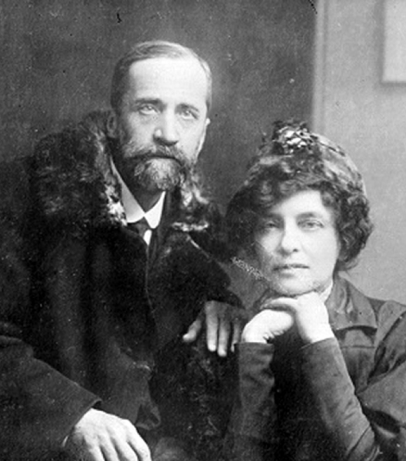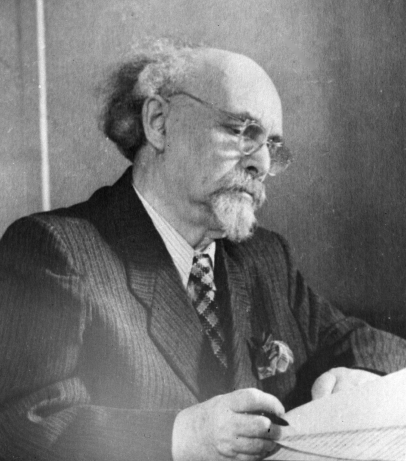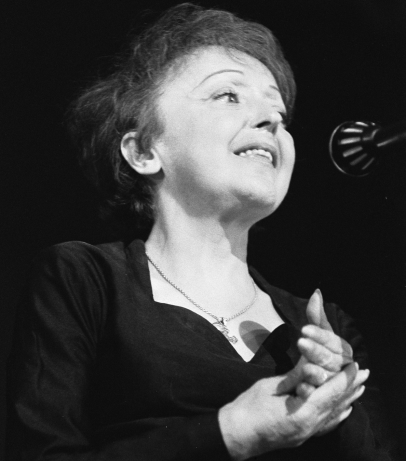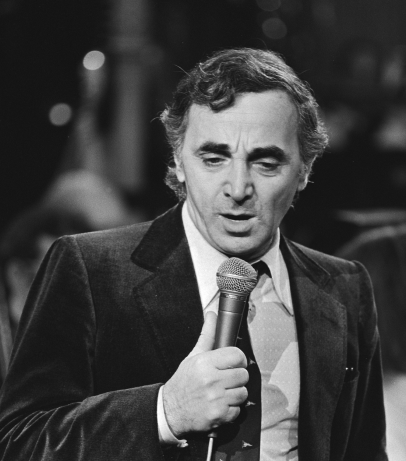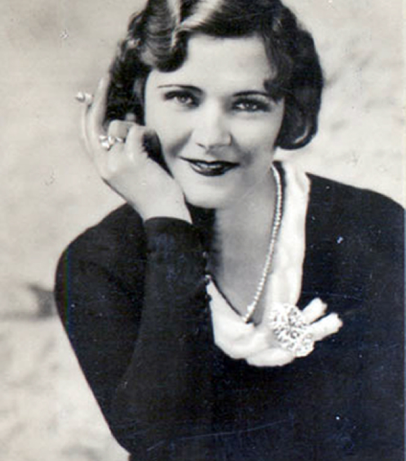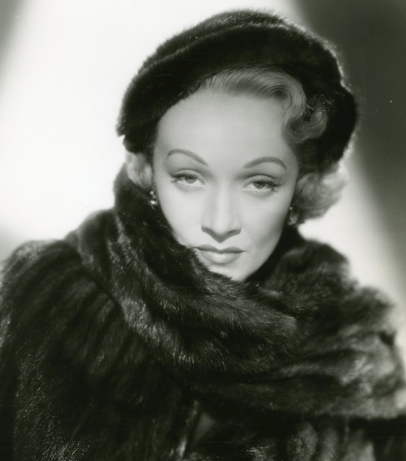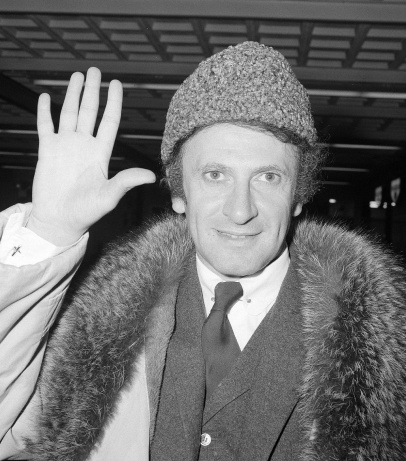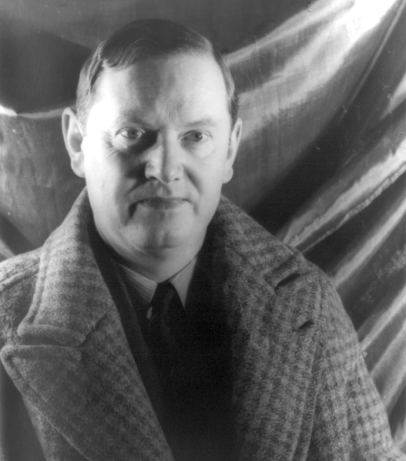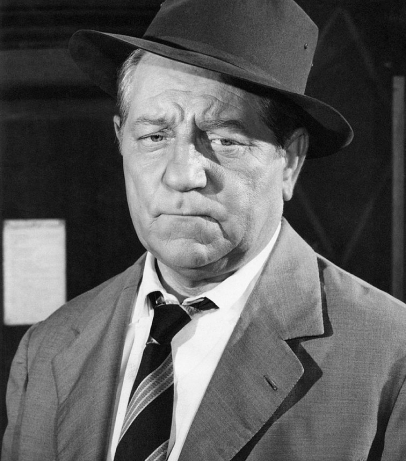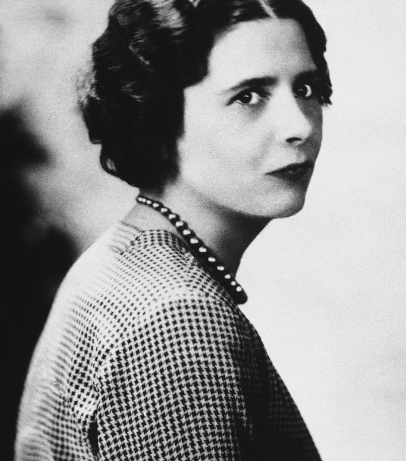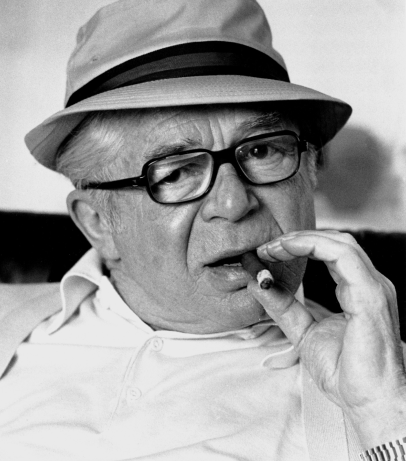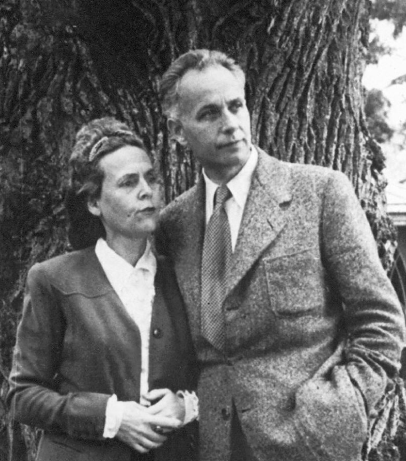On 17 September 1946, the Radio Corporation of America (RCA) commenced the mass-production of television sets.
The RCA Corporation began developing this technology as early as 1929. A Russian émigré, scientist and engineer, Vladimir Zworykin, convinced the management of the company of the great future of this new type of broadcasting. It took millions of dollars in investment, research and experimentation, but as early as 1939, RCA presented an electronic circuit for black and white TV at the New York World's Fair. The company started broadcasting in an experimental mode on 30 April that year. The transmission was reliably received in New York City and was located on the roof of the Empire State Building, the tallest skyscraper in the world at the time. At the same time, TRK-5 and TRK-9 were launched on the domestic market.
In the years before the US entered the war, the RCA had assembled 5,000 televisions. Although the development of the industry was hindered by World War II, by the end of 1947, the company would sell 150,000 televisions, in 1949 – 4 million, and in 1950 – 10 million, including 150,000 color televisions.
Source:
Philo T. Farnsworth, George Everson, “The Story Of Television: The Life Of Philo T. Farnsworth”, New York: W.W. Norton & Co., 1949






